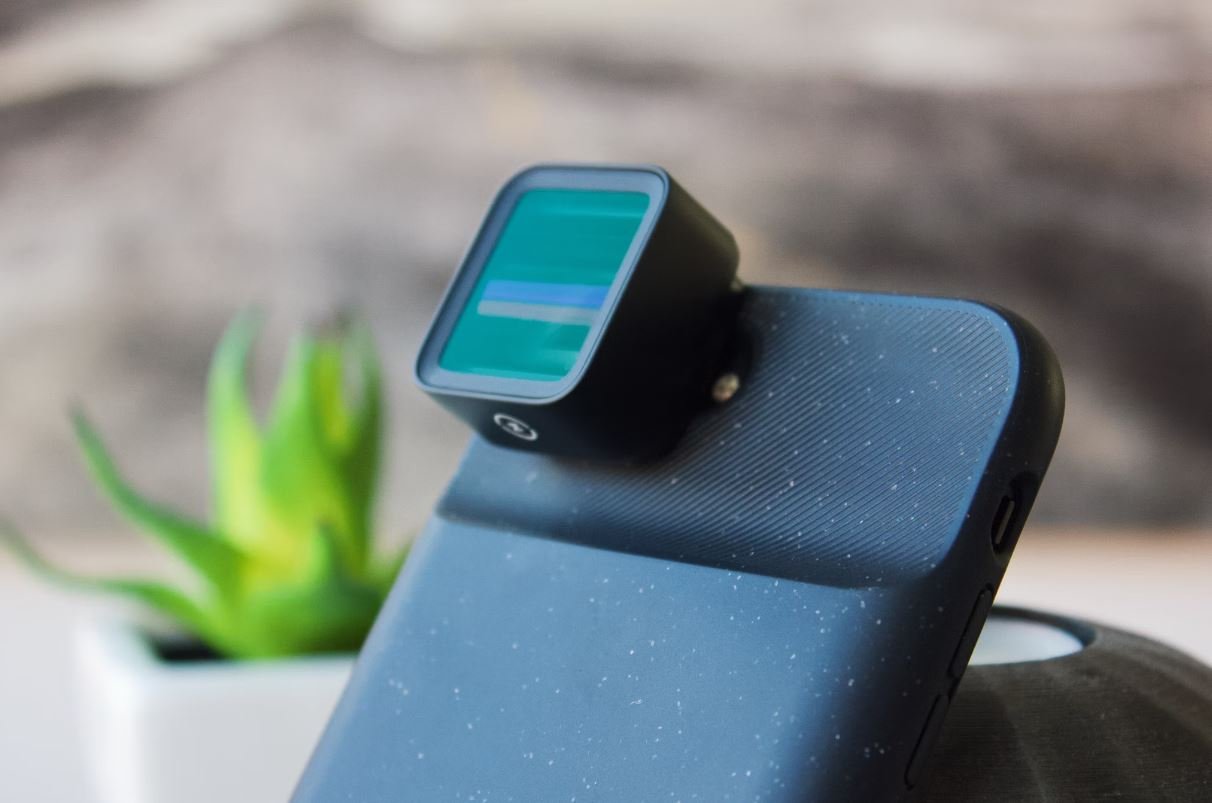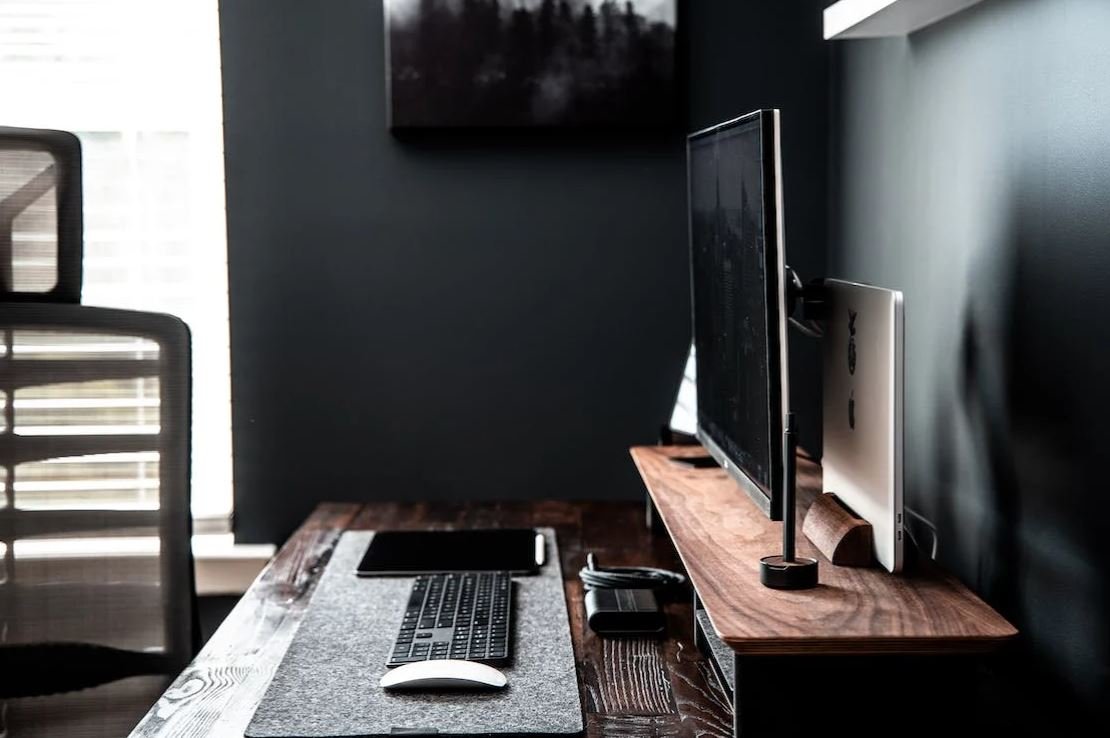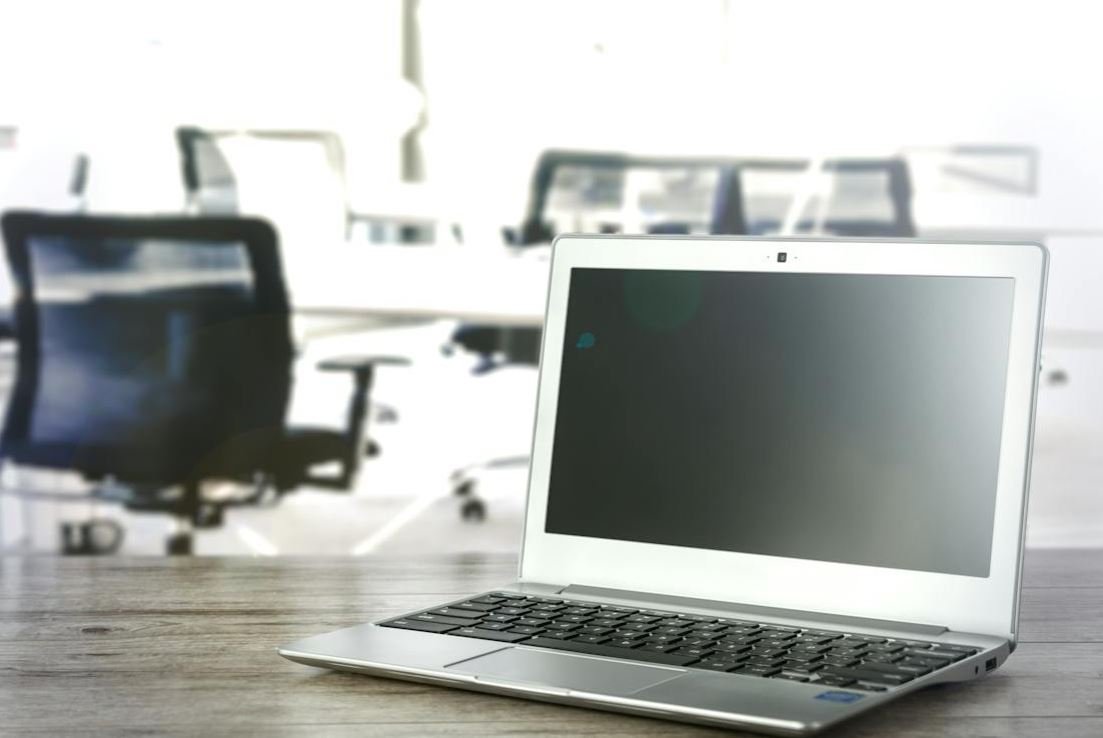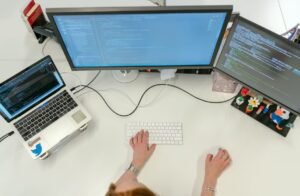How to Spot a Deepfake
In today’s digital world, the rise of deepfake technology has raised concerns about the authenticity of online content. Deepfakes are manipulated videos or images that use artificial intelligence to create realistic looking but fictional content. With the potential to deceive and misinform, it is essential to be able to identify deepfakes and ensure the information we consume is accurate and reliable. This article aims to educate readers on how to spot a deepfake effectively.
Key Takeaways
- Deepfakes are manipulated videos or images that use AI to create realistic fictional content.
- Suspicious visual artifacts, unnatural movements, and inconsistent audio-visual quality can indicate the presence of a deepfake.
- Pay attention to source credibility and cross-check information to verify content authenticity.
- Emerging technologies like forensic analysis and blockchain can help identify and combat deepfakes.
Recognizing Visual Anomalies
When analyzing a video or image, pay attention to certain visual anomalies that may indicate the presence of a deepfake. Look for:
- Unnatural movements or facial expressions that appear oddly smooth or rigid.
- Inconsistent lighting and shadows on different elements within the frame.
- Suspicious visual artifacts such as distortions, blurriness, or misalignments around the manipulated areas.
- *An interesting technique for spotting deepfakes is to analyze the subject’s blink rate, as deepfakes often struggle to replicate natural blinking patterns.
Audio-Visual Discrepancies
Deepfakes often struggle to perfectly sync audio and video, leading to noticeable discrepancies. Pay attention to:
- *Distinctive lip-sync errors, where the audio doesn’t match the movement of the lips.
- Inconsistent audio quality or background noise throughout the video.
- Unusual voice pitch changes or unnatural speech patterns.
Source Credibility and Cross-Verification
Verifying the source credibility is crucial in identifying deepfakes. Consider the following steps:
- Investigate the reputation and trustworthiness of the source sharing the content.
- Look for multiple sources reporting the same information, especially reputable and verified ones.
- Conduct reverse image or video searches to find any previous instances or alternate versions of the content.
Evolving Technology to Combat Deepfakes
As deepfake technology evolves, so does the technology to combat it. Here are a few emerging solutions:
- *Forensic analysis techniques, like analyzing inconsistencies in lighting and shadows, can aid in detecting deepfakes.
- Blockchain technology can be used to verify the authenticity and provenance of digital content, making it difficult to tamper with.
- Collaboration across industries, including tech companies, researchers, and policymakers, is crucial to develop effective countermeasures against deepfakes.
| Table 1: Deepfake Statistics | |
|---|---|
| Year | Number of Detected Deepfakes |
| 2017 | 7,964 |
| 2018 | 14,678 |
| 2019 | 26,739 |
Table 1 above showcases the alarming growth in the number of detected deepfakes over the years, indicating an increasing need for awareness and prevention.
Conclusion
As deepfake technology continues to advance, it becomes increasingly important for individuals to develop the skills to spot and combat the spread of misinformation. By recognizing visual anomalies, audio-visual discrepancies, considering source credibility, and leveraging evolving technologies, we can better protect ourselves from falling victim to deepfake manipulation.

Common Misconceptions
Misconception 1: Deepfakes are always easy to spot
One common misconception about deepfakes is that they are always easy to spot. However, with advances in artificial intelligence and deep learning algorithms, deepfakes are becoming increasingly realistic and harder to detect.
- Deepfakes can manipulate subtle facial expressions and movements, making it challenging to detect anomalies.
- Deepfakes can replicate voices and speech patterns accurately, making it difficult to distinguish between real and fake audio.
- Deepfakes can mimic camera distortions and lighting effects seen in original videos, making it tricky to identify inconsistencies.
Misconception 2: Deepfakes are only used for malicious purposes
Another common misconception is that deepfakes are only used for malicious purposes, such as spreading fake news or defaming individuals. While deepfakes have been misused in these ways, not all deepfake applications are inherently harmful.
- Deepfakes can be used for entertainment purposes, such as in movies or video games, where they provide a cost-effective alternative to expensive special effects.
- Deepfakes can be beneficial in fields like medicine and research, where synthetic data can be used to make advancements in various areas.
- Deepfakes can be utilized in educational settings to create interactive and engaging learning experiences.
Misconception 3: Deepfakes are only created using images or videos
One misconception is that deepfakes are exclusively created using images or videos as source material. While deepfakes are commonly associated with manipulated visual content, they can also be generated using other forms of data.
- Deepfakes can be created using audio recordings, enabling the manipulation of someone’s voice and creating realistic audio deepfakes.
- Deepfakes can be generated using text, allowing the creation of fake messages or news articles that appear authentic.
- Deepfakes can utilize a combination of different data types, merging manipulated visuals, audio, and text to fabricate even more convincing fake content.
Misconception 4: Deepfakes always require advanced technical skills
Many people believe that creating deepfakes requires advanced technical skills and sophisticated software. While expertise in deep learning and artificial intelligence can enhance the quality of deepfakes, it is not always necessary.
- There are user-friendly software and apps available online that allow individuals with little technical knowledge to create basic deepfakes.
- Tutorials and guides are accessible to help beginners understand the basics of deepfake creation and manipulation.
- Some deepfake creation processes can be automated, making it even more accessible to those without technical expertise.
Misconception 5: Deepfakes are the end of trustworthy media
One prevailing misconception is that deepfakes signal the end of trustworthy media and that all content can be fabricated. While deepfakes do present new challenges for authentication, it’s important to remember that there are various ways to verify the authenticity of media.
- Developing advanced algorithms and tools that can analyze and detect deepfake content is an ongoing area of research.
- Blockchain technology can be utilized to create an immutable record of media sources, helping establish trust and traceability.
- Collaborative efforts between technology companies, media organizations, and fact-checkers can help combat the spread of deepfakes and ensure the integrity of trustworthy media.

Introduction
Deepfake technology has become increasingly sophisticated, making it challenging to distinguish between real and fake videos. With the potential implications on society and truth, it’s essential to understand how to spot a deepfake. This article presents ten tables, each highlighting crucial points, data, or elements to help you identify deepfakes.
Table: Facial Features Comparison
By comparing facial features, such as eyebrows, lips, and eye movements, the authenticity of a video can be determined. Often, deepfakes exhibit unnatural or inconsistent facial expressions in comparison to genuine footage, as shown in this table.
Table: Eye Reflection Analysis
In genuine videos, the eyes’ reflection corresponds to the lighting and surroundings, while deepfake videos often lack this accuracy. Analyzing the eye reflections can provide valuable insights into the authenticity of the video, as demonstrated in this table.
Table: Facial Landmarks Mapping
Deepfake videos might struggle to correctly align the facial landmarks of the target person, resulting in distorted or misplaced features. This table highlights the discrepancies between the mapping of facial landmarks in genuine and deepfake videos.
Table: Speech Analysis
Deepfake videos may exhibit speech inconsistencies, such as improper lip-syncing or mismatched audio. Analyzing speech patterns and lip movements can unveil signs of manipulation, as depicted in this table.
Table: Metadata Examination
Examining a video’s metadata, such as creation date, camera information, and editing software, can help authenticate its origin. Deepfake videos typically lack consistent or accurate metadata, as presented in this table.
Table: Compression Artifacts Comparison
Due to the complexity of deepfake generation, compression artifacts may appear differently compared to real videos. By analyzing these artifacts, as shown in this table, the authenticity of a video can be determined.
Table: Blinking Analysis
Blinking patterns in deepfake videos may appear unnatural or less frequent compared to genuine footage. This table compares the blink rates in real and fake videos, providing a useful clue in identifying deepfakes.
Table: Background Examination
Deepfake videos might feature inconsistencies or discrepancies in the background, such as altered objects, lighting, or context. Analyzing these differences can help spot manipulated videos, as indicated in this table.
Table: Artifacts in Hair or Clothing
Deepfake videos may exhibit artifacts or glitches in hair, clothing, or other elements due to the AI synthesis process’s limitations. This table highlights the differences between real and manipulated videos regarding these subtle details.
Table: Visual Quality Comparison
Despite advancing deepfake technology, some visual discrepancies can still be detected when comparing the quality of genuine and manipulated videos. This table visually illustrates the differences in sharpness, lighting, and overall visual fidelity.
Conclusion
Identifying deepfake videos is becoming increasingly vital in today’s digital landscape. By considering various factors, ranging from facial features and speech analysis to metadata examination and visual quality, individuals can become more proficient in spotting these deceptive creations. Maintaining a vigilant eye and utilizing the techniques presented in this article will help us navigate the challenges posed by deepfakes, safeguarding the truth and ensuring a more informed society.
How to Spot a Deepfake – Frequently Asked Questions
How can I identify a deepfake video or image?
A deepfake can often appear very realistic, but there are some signs that may help you identify one. Watch out for unnatural movements or glitches, inconsistent light and shadows, strange facial expressions, or any anomalies that seem out of place.
What are some technical indicators of deepfakes?
Deepfake videos may exhibit artifacts, such as blurry or distorted areas, inconsistent pixelation, unnatural reflections or lighting, or mismatched details in facial features such as eyes, ears, or teeth.
Are there any visible signs in the audio of a deepfake?
Although deepfakes primarily focus on visuals, audio can also be manipulated. Pay attention to any discrepancies in the lip movements and spoken words, unnatural pauses, or strange background noise that doesn’t match the visuals.
Can deepfakes be detected using technology?
Yes, there are several techniques and tools being developed to detect deepfake content. These methods often involve analyzing facial movements, inconsistencies in audio, or using complex machine learning algorithms to detect underlying manipulations.
How can I verify the authenticity of a video or image?
Verifying the authenticity of a video or image requires various methods. You can look for other reliable sources confirming the same event, analyze metadata, examine the chain of custody, employ forensic analysis, and consult experts in the field to ensure accuracy.
What steps can I take to protect myself from falling for deepfake content?
To protect yourself from falling for deepfakes, it is important to be skeptical and critical of the content you encounter. Always verify information from multiple trusted sources, be cautious of sharing unverified content, and stay informed about the latest deepfake techniques.
How prevalent are deepfakes?
While the exact prevalence of deepfakes is challenging to determine, their existence is steadily increasing. Deepfake technology is becoming more accessible, but currently, deepfakes are primarily found in certain online communities, social media platforms, and entertainment industries.
Who is responsible for countering the spread of deepfake content?
Countering the spread of deepfake content is a shared responsibility across various stakeholders. Technology companies, social media platforms, law enforcement agencies, content creators, and users themselves all play a role in raising awareness, developing detection methods, and reporting suspicious content.
What should I do if I encounter a deepfake video or image?
If you come across a deepfake video or image, you can report it to the platform where you found it. Additionally, you can inform others about the potential deception, verify its authenticity with experts, or contact relevant authorities depending on the nature of the content.
Why do people create deepfakes?
The motivations behind creating deepfakes vary. Some individuals create deepfakes as a form of artwork or entertainment, while others use them maliciously for fraud, revenge, or spreading misinformation. Understanding the intentions behind deepfake creation can help in developing effective countermeasures.




